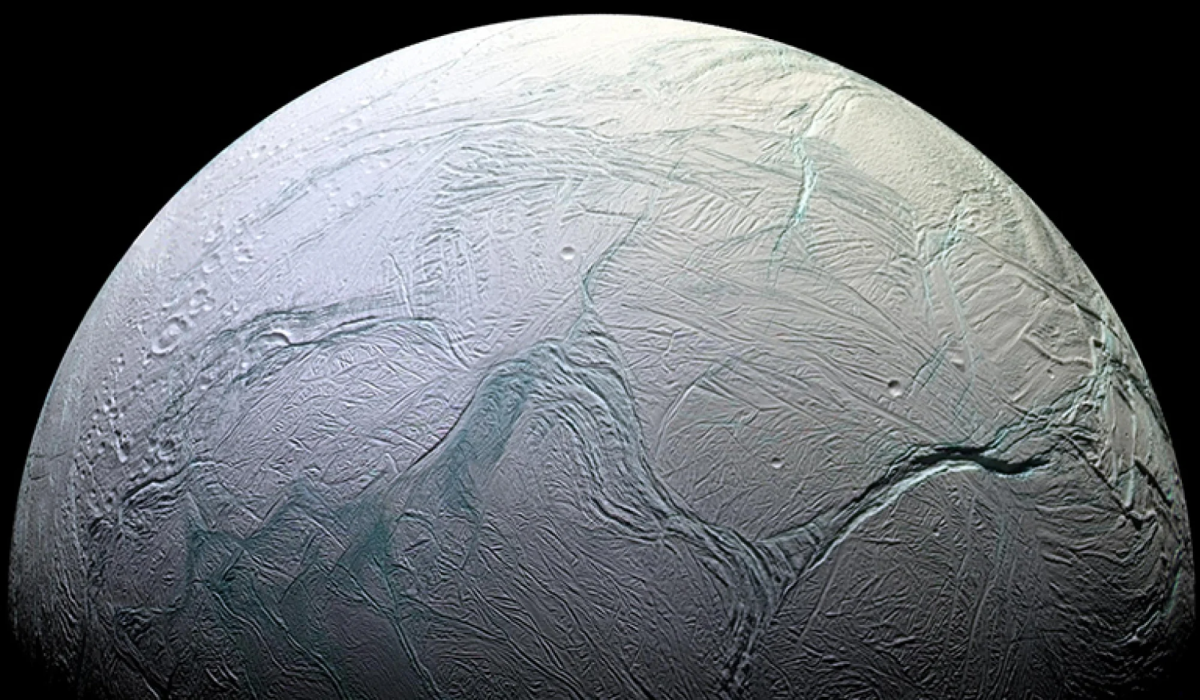This moon of Saturn shoots imposing fountains of water vapor thousands of kilometers into the air
Enceladus is about 1.3 billion kilometers from Earth and about 25 times smaller than our blue planet. For researchers, Enceladus has long been worthy of observation.
Because its constant volcanic spray creates a nebulous halo in space that contributes to Saturn’s rings and fuels speculation that it may also contribute to the existence of life.
Now Hubble’s successor, the James Webb Space Telescope (JWST), has provided new insights into how Enceladus could provide water for the entire Saturnian system. The results of this research should help provide a better understanding of the potential of the ocean world as a habitat for microscopic life.
JWST’s observations showed that the moon ejects jets of water every 33 hours, according to Geronimo Villanueva, lead author of the research paper, which was recently published in Nature Astronomy (PDF) was adopted, in a Explanation.
Editor’s Recommendations
The observations of the JWST amazed the scientists. Previous telescopic surveys had seen jets of water hundreds of kilometers from Enceladus’ surface.
But that wasn’t nearly as far away as what the JWST could now discover. The researchers also found that the small moon spits out around 300 liters of water per second.
“Not only was the water plume huge, but there was water everywhere,” Villanueva said. For comparison: the water plume has the appearance of a donut 20 times the diameter of Earth’s moon.
Enceladus is home to methane – the gas of life
Enceladus was first studied by NASA’s Voyager 1 probe in 1980, but it seemed quite unspectacular. Only recently have researchers discovered that the moon’s thick layer of ice hides a saltwater ocean spewing out methane.
Methane is a gas produced by bacteria and other microorganisms on Earth. Between 2005 and 2017, NASA’s unmanned Cassini spacecraft flew through Saturn’s rings and moons, bringing with it a wealth of new information.
The JWST is not finished with Enceladus. Further observation slots have been booked for the coming year. Then the JWST will examine specific indicators of habitability, looking for organic signatures and hydrogen peroxide.
The search for hydrogen peroxide in particular has the potential to yield much more “potent” sources of metabolic energy, says geochemist Christopher Gleinwho will lead the future study, in a statement.



